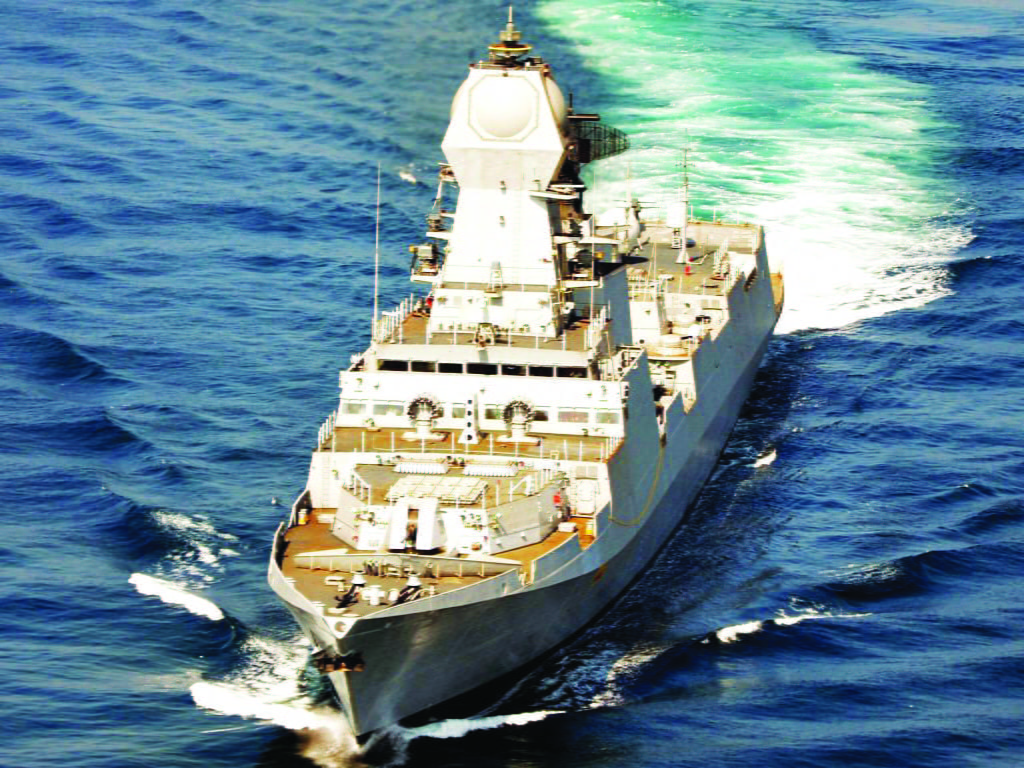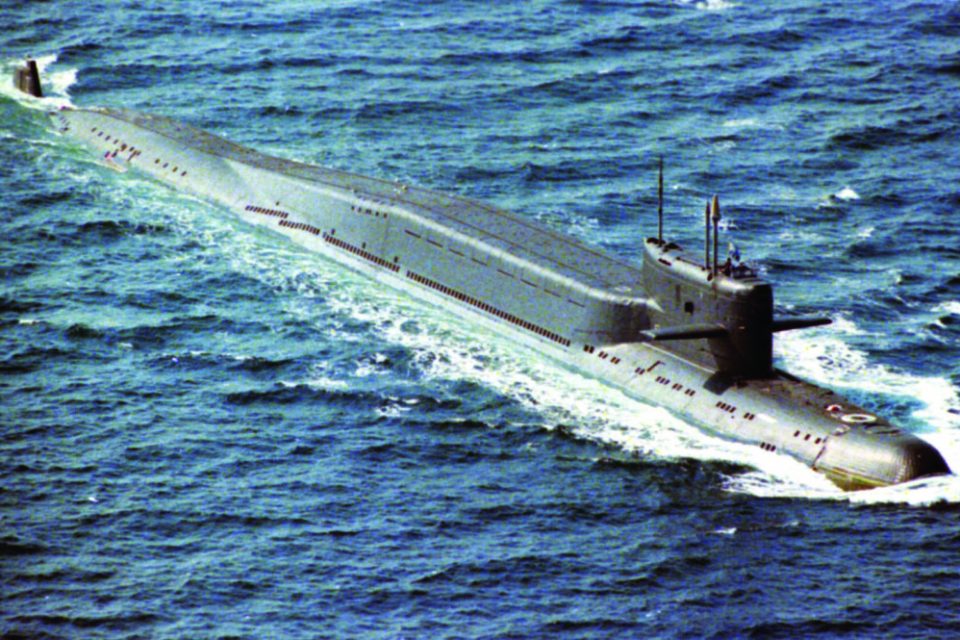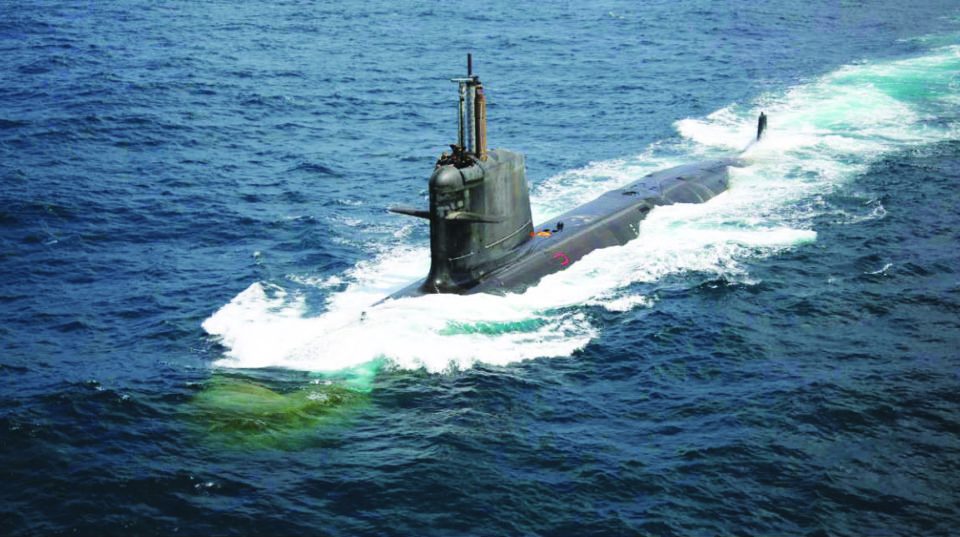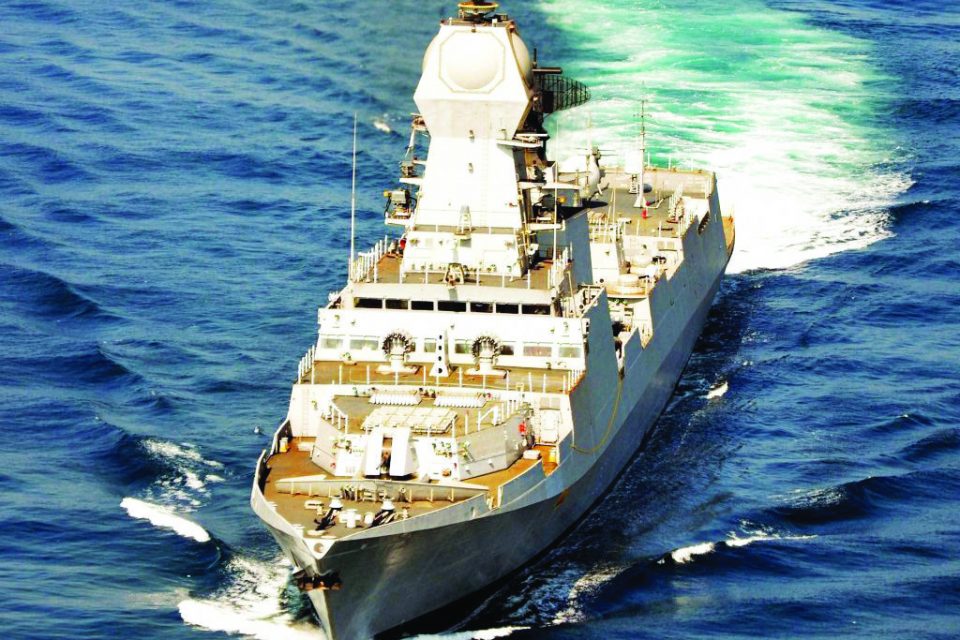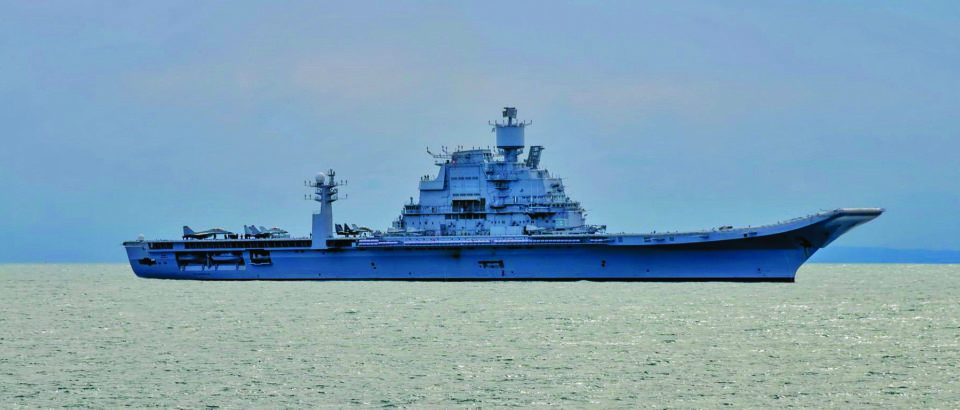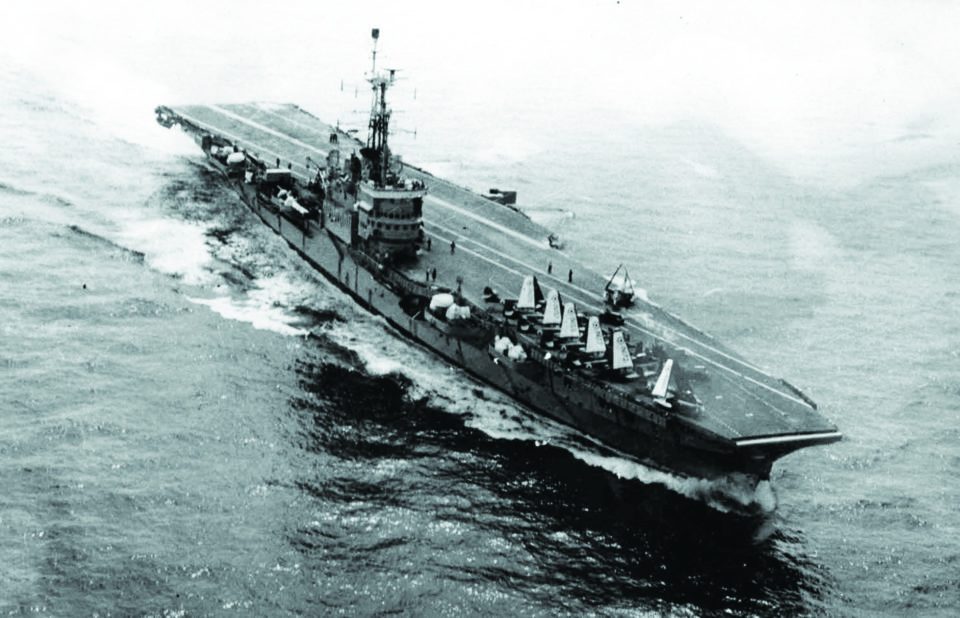By Vice Adm S Sinha (Retd)
Thus far the Indian Ocean Region (IOR) has been law abiding and stable maritime region permitting smooth flow of world trade.
Sea Lanes of communication criss-cross the Indian Ocean after negotiating restricted passages, i.e., Straits of Hormuz, Gulf of Aden and Straits of Malacca.
One look at the map of vast expanse of Indian Ocean would reveal the strategic importance of India. It provides port facilities to transiting vessels as well as vessels carrying trade to and from India’s ports. The Sri Lankan port of Colombo is another port which is used by international shipping.
After the British colonisation ended in Asia, most of the countries were in extreme poverty and began their economic development.
Also, soon after World War II, the world arranged itself in bipolar Cold War paradigm.
However, India and number of other countries foresaw the pitfalls of this paradigm and chose non-alignment as their state policy. India had to recover from the scars of partition.
Security and territorial integrity of the country became paramount with the creation of permanent adversary Pakistan which claimed parts of Indian territory as its own.
Indian planners also saw through the security challenges in the Indian Ocean, mainly from two halves of Pakistan viz. East and West. Indian Navy’s capabilities were being developed for maritime security in two large sections of Indian Ocean – Arabian Sea and Bay of Bengal.
Pakistan joined the US in CENTO coalition mainly to prevent the Soviet Union from gaining access to warm water ports in the Arabian Sea. Pakistan was using its alliance with the US to develop its Armed Forces to keep J&K issue on the boil and protect its eastern state East Pakistan which did not have terrestrial connectivity.
India’s major naval combatants were of British origin whereas Pakistan benefited from technologically advanced platforms from America. India had acquired a light Aircraft Carrier Vikrant and built its Naval Aviation Capabilities. Witnessing the improvement in Pakistan Navy’s armada, India added to its capabilities by inducting Soviet origin ships and platforms for the Army and Air Force.
India fought two wars, 1962 against China and 1965 against Pakistan which exposed the weaknesses of our Armed Forces. Capability enhancements then began in earnest.
As a result, the war in 1971 was fought with much superiority.
Efficacy of Navy’s carrier borne aircraft was proven where repeated attacks by the fighter aircraft from sea not only destroyed ships in erstwhile East Pakistan harbours but also blockaded the ports, precluding logistics support to Pakistan troops as also their escape route.
This hastened the surrender process of over 90,000 Pakistan troops.
However, loss of INS Khukri and some of IAF aircraft, led to India’s increased weapon acquisition from the Soviet Union. Strategic Partnership agreements were signed. It had become essential for national security to make India more capable given its vast land borders and EEZ.
While China Pakistan nexus was just about emerging, Indian Navy focused on strengthening its surface, air and sub-surface capabilities to protect India’s larger interests in the wider Indian Ocean which linked Pacific with the Mediterranean Sea.
Indian Navy inducted Rajput Class destroyers, Minesweepers, more submarines etc and also speeded up indigenous shipbuilding.
Since then the Naval capabilities have come a long way.
Navy exercises great degree of regional supremacy in the Indian Ocean.
Induction of Delhi Class destroyers, G and B Class Frigates, Kilo and Shishumar Class submarines, second aircraft carrier Viraat, modern fighters Sea Harrier STOVL aircraft, state-of-the-art Anti Submarine Helicopters Sea Kings, Maritime Patrol Aircraft IL-38 and Tu-142 provided Maritime Domain Awareness in much larger swath which reflected India’s and the Navy’s desire to exercise sea control over much larger areas in the IOR.
Our planners had the foresight of emerging geopolitics in the IOR and need to continue strengthening its Maritime power.
India remained the unchallenged leader in the Indian Ocean’s strategic maneuvering space and was so acknowledged by much advanced navies of the US and France.
Many countries engaged India in bilateral exercises and other training courses for their Armed Forces, more so the Navy.
In the meanwhile, the contours of geopolitical space were undergoing profound changes.
The US, having been involved in Iran-Iraq war, Global War on terror post 9/11 and Syrian crisis of ISIS, decided to wean away from West Asia and reduce its presence in Afghanistan. The US realised that Pakistan had betrayed them in GWOT by protecting fugitive Osama Bin Laden (OBL) while the world was looking for him.
Once OBL was killed President Obama declared US policy of pivot to Asia.
This was triggered by asserting rise of China in the maritime space while US was engaged in chasing terrorist organisations and individuals.
China had utilised this vacuum in Indo-Pacific to build its military and economic capabilities.
Economically it was beginning to challenge the US for world leadership; militarily it was threatening the regional countries. It occupied few structures in Spratly and Paracel group of islands. It made historical claims of vast EEZ nearly in all of South China Sea. It threw to winds the ICJ judgement on Scarborough shoals which was clearly Philippine territory.
China heavily militarised these structures in order to widen its control on larger expanse in the SCS. US was aghast with these developments. Except for freedom of Navigation operations it could not reprimand China any further.
China was increasing its economic influence on the IOR littorals. This rang alarm bells in South Block.
Hambantota port in Sri Lanka was developed by China, Maldives had leased out number of islands to China for port and airport development, Myanmar had leased Kyapku port for development by China.
The Indian Navy was stretching out in wider Indian Ocean to increase its surveillance bubble. The ships, submarines and aircraft were deployed for longer durations.
China’s building of naval base in Djibouti and taking Gwadar on operational lease was clear indication that China has arrived at all choke points through which not only their trade travels but the entire world’s trade moved.
India’s concerns were twofold.
Firstly, the security of trade at choke points and SLOCs and secondly, the nexus between China and Pakistan under which eight submarines were to be supplied to Pakistan as also some frigates. It would embolden Pakistan in the Arabian Sea and could harass Indian Navy in its operational space. Clearly the strategic space of India is shrinking.
While China’s economic debt trap diplomacy in IOR littorals is constantly enhancing its influence, its arming of Pakistan reflects her desire to keep India engaged in matters military.
India has sensed the geopolitical alterations in the region and given its Navy free hand to operationally ensure freedom of navigation for global commons in areas of Indian interests.
Navy’s present capabilities and the ongoing ship/submarine induction programme provides the needed operational edge.
However, China’s rapid military rise and its impending basing of Naval combatants in the Indian Ocean littorals, Djibouti, Gwadar and possible replenishment facility at ports in Myanmar, Sri Lanka and Maldives leaves little choice but to strengthen the present combat ability of Indian Navy.
Should China’s aircraft carrier and nuclear submarines become a regular feature in India’s backyard, Navy would not only have to sustain the existing assets but enhance its combat power for deterrence.
The US has presence in the IOR in the form of Fifth Fleet HQ in Bahrain. NAVCENT serves as the hub of maritime domain awareness network. The US has been alarmed by the ‘Access Denial’ ability of China.
In response, the US’s new formative security architecture in East and South East Asia will complement Washington’s designs for an Air-Sea Battle doctrine (later renamed the Joint Concept for Access and Manoeuvre in the global commons) as a counter to China’s rising techno-military power in the region.
According to this doctrine, US Forces would have to penetrate China’s airspace, take out Chinese air defences and offensive missile capabilities, and then move US aircraft carrier battle groups closer to China’s shores.
As China has marched on technologically faster than expected, some American strategists have urged much closer security cooperation with leading military powers in the Indo-Pacific.
In fact Chinese strategist Yan Xue Tong at Tsinghua University, has foreseen the US effort for a new institutionalised net of alliance (mainly read Quad), argues that China should pre-eminently abandon its non-alignment principle and provide credible security assurances to regional partners, “Wallet Diplomacy” alone cannot build a coalition countering US containment.
Though President Xi Jinping has officially declined that call, China’s selling arms and platforms to countries where it has already laid economic trap, is nothing but enlargement of interoperability envelope of its own ships/submarines and aircraft with those countries which can surreptitiously support Chinese war waging effort.
Arming of Pakistan and few other countries in the littorals of Indian Ocean needs to be seen in the overall context of larger geopolitical landscape.
While Indian Navy has factored this aspect in its mission based deployments, but rising Chinese military power will call for additional asset induction to maintain power balance in the IOR.
The author is a former FOC-in-C, Western Naval Command and Chief of Integrated Defence Staff. Views are personal.
This article was published by or partner India Strategic in December 2018.


